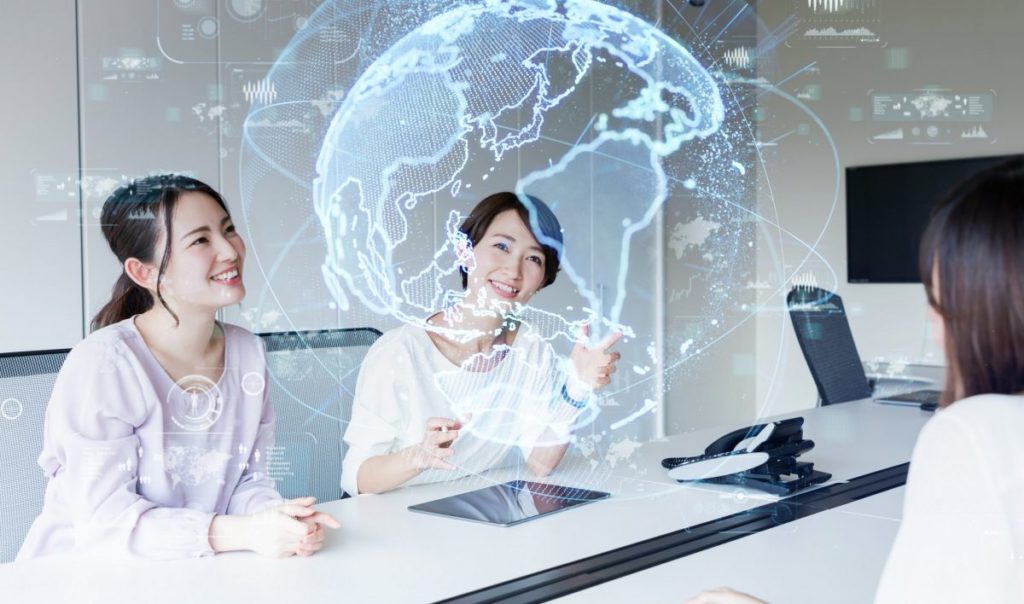While 2020 has come and gone, travel bans remain, which means the virtual business meeting is here to stay. According to the latest Nutanix Enterprise Cloud Index (ECI), 68 percent of businesses in the APJ region intend to conduct more business using video conferencing and limit travel where possible.
This brave new world of business continues to turn a lot of long-held beliefs on their head. Business leaders have celebrated the value of face to face meetings for decades, suggesting that face-to-face was the only way to build relationships based on trust. Nowhere is this more ingrained than in Asia, a region where professional travel is a way of life and in-person meetings are crucial for engaging new customers, showing respect to partners, and navigating both business and cultural nuances.
There is also a belief in Thai organizational culture that humility and face-to-face meetings enable smooth negotiations and facilitate immediate reaction nuances. However, the Covid-19 outbreak has accelerated and shifted all long-held beliefs. Many businesses are inevitably increasingly turning to online meeting tools and looking for solutions that meet the needs of their organizations. The Digital Government Development Agency (DGA), for example, provides online teleconferencing via a high-speed internet network called GIN Conference (Government Information Network) to government agencies, aiding the effective deployment of resources to deal with emergencies and crises.
Adapting to a new world
In essence, never has the power of technology been so felt and understood. Without it, the pandemic would have forced us to retreat into our enclaves. Instead, while we haven’t been able to travel corporeally, technology has enabled us to maintain and build new human connections.
The companies I have seen truly embracing technology as means to ‘carry on’ are the ones I deem to have a truly innovative mindset. For example, KTBST Securities Public Company Limited (KTBST SEC) is a Thai securities brokerage company that uses technology to digitize its working processes and strategic plans. Before the transformation from its legacy infrastructure to a hyper-converged one, the company spent time training and changing the mindset of its employees. The payback was extremely positive. Chosen solutions were implemented in a much speedier and smoother fashion than expected. In addition, the company has capacity to upgrade or enhance its systems seamlessly and with confidence to meet changing customer expectations.
Embracing the changes
Some countries have made the most of the changes. We’ve already seen companies pivot to deal with the significant uptick in work from home, with 46 percent of global organisations and 62 percent of Thai organizations modifying their IT infrastructures to improve support for remote workers according to the ECI research. This rapid change has been supported by technologies like hybrid cloud, which allowed organisations to deliver secure and efficient access to virtual apps, desktops and data to all remote workers.
Now, business leaders need to apply similar technological transformation to their external business relationships.
This is already starting to happen. Company executives that were once hard to pin down for in-person meetings were suddenly available to take virtual meetings that they would have previously demanded be face to face. And once they settled into the fact that face to face was no longer possible, they embraced the benefits that virtual meetings enabled – including more time available to actually do business, rather than sitting in traffic, or being stuck on the train during the morning commute. They have also gained the chance to turn ‘administrative’ meetings into emails or messages, and the ability to conduct business with people around the world from the safety and comfort of their own home.
The great paradox: physical isolation creating deeper emotional bonds
There is another silver lining to doing business virtually. Thanks to technology, we’ve all inadvertently been invited into the homes of our peers and colleagues and witnessed children, pets, partners or tradespeople wandering in and out of frame. This has given us the opportunity to build relationships that are more real and based on our shared human experiences, rather than on the hyper-professional facades we present to each other on short business trips.
Likewise, with everyone working remotely, we’ve all faced the struggle of making ourselves understood via video conference or group call. Previously, a room full of people would have a speakerphone in the middle of the table and maybe video on a big screen to connect to one or two remote workers. Now, the challenges of remote workers are everyone’s challenges – creating a common ground that a new generation of business relationships can be built upon. When everyone is remote and often communicating asynchronously, it’s easier to use translation tools as well, which broadens participation around the region.
The pandemic has been undeniably hard and, as we’ve all experienced, it has changed the very fabric of society. But being grounded hasn’t stopped me connecting with my employees, customers and partners. On the contrary – being in one place on a more predictable schedule has enabled me to fit in more one-on-one calls, more conversations with team members on the front line, and more online meetings with a larger number of partners than I would ever be able to fit into a business trip. This ability to come together despite distance and considerable challenges exemplifies humankind’s capacity for innovation – one of our greatest assets – and I am excited for us all to embrace our newfound resilience and create better ways of doing business in the near future.
Article by Thawipong Anotaisinthawee, Country Manager, Nutanix (Thailand)
Source: FAQ

